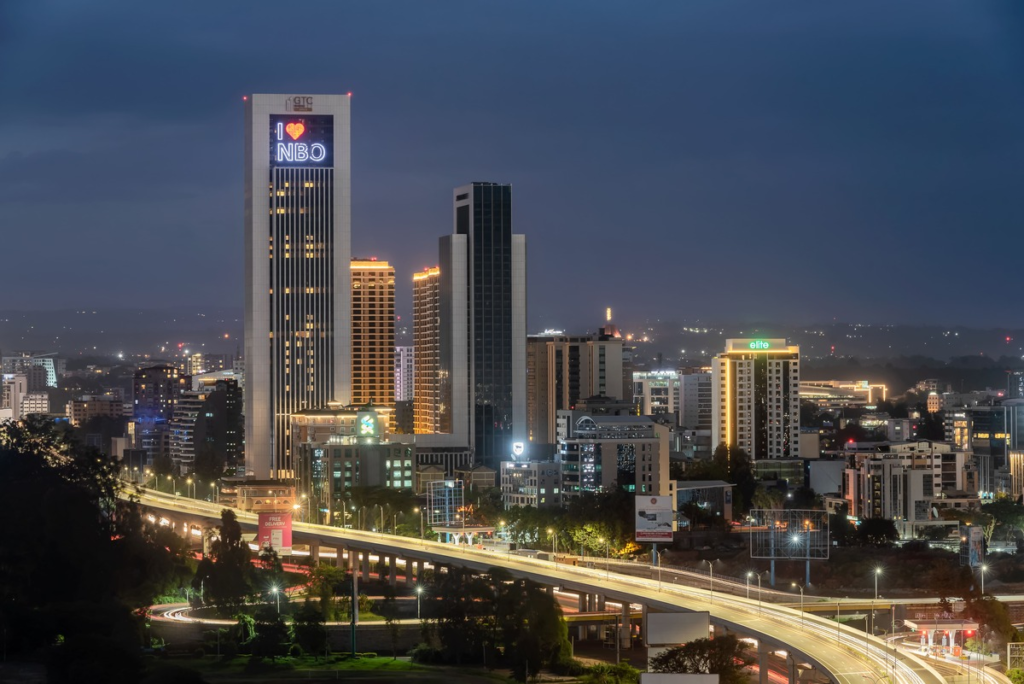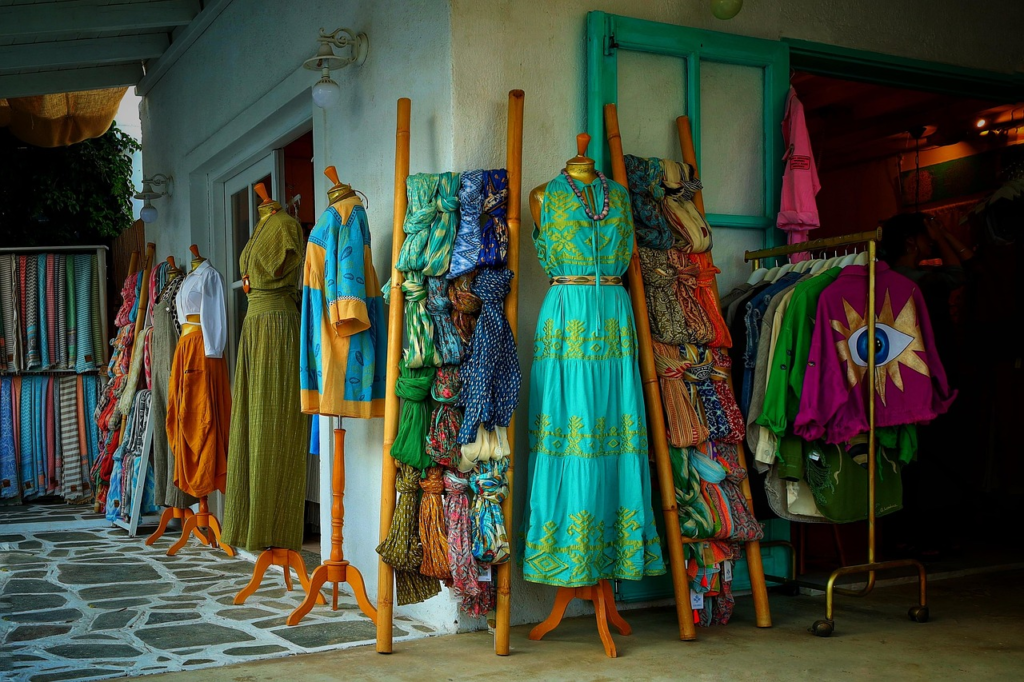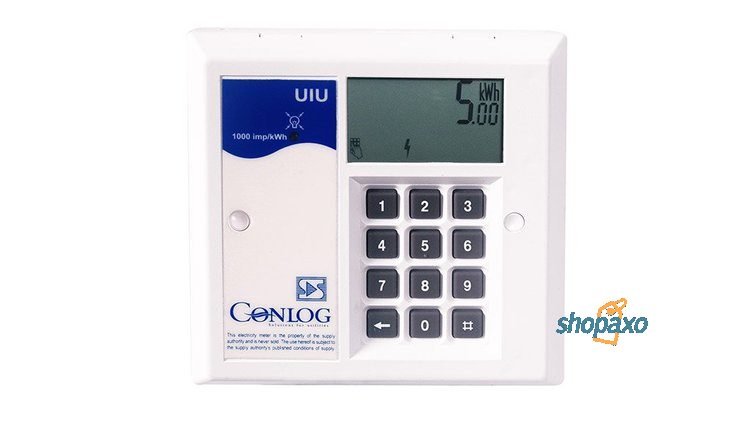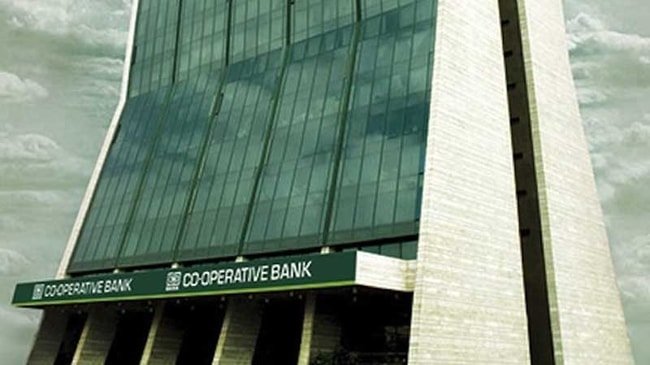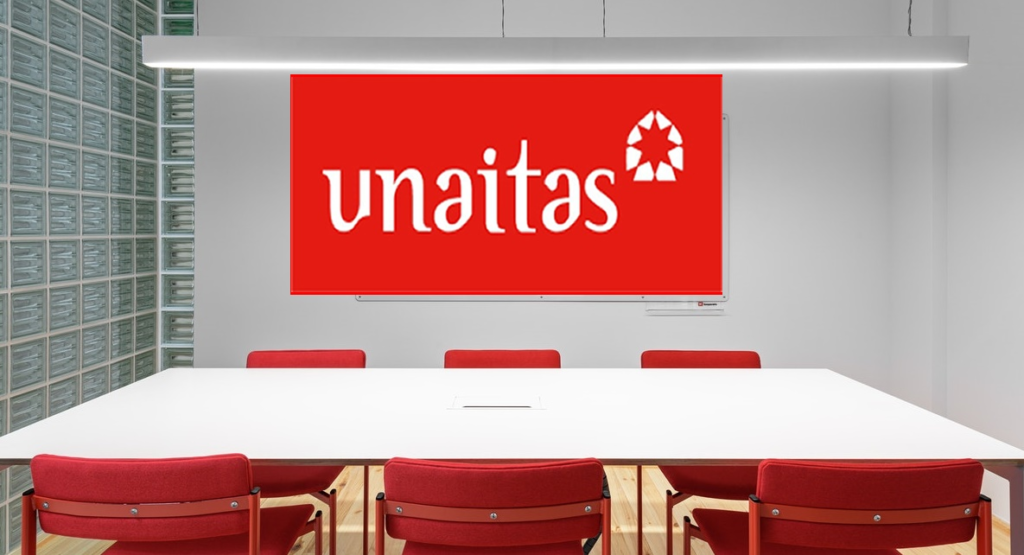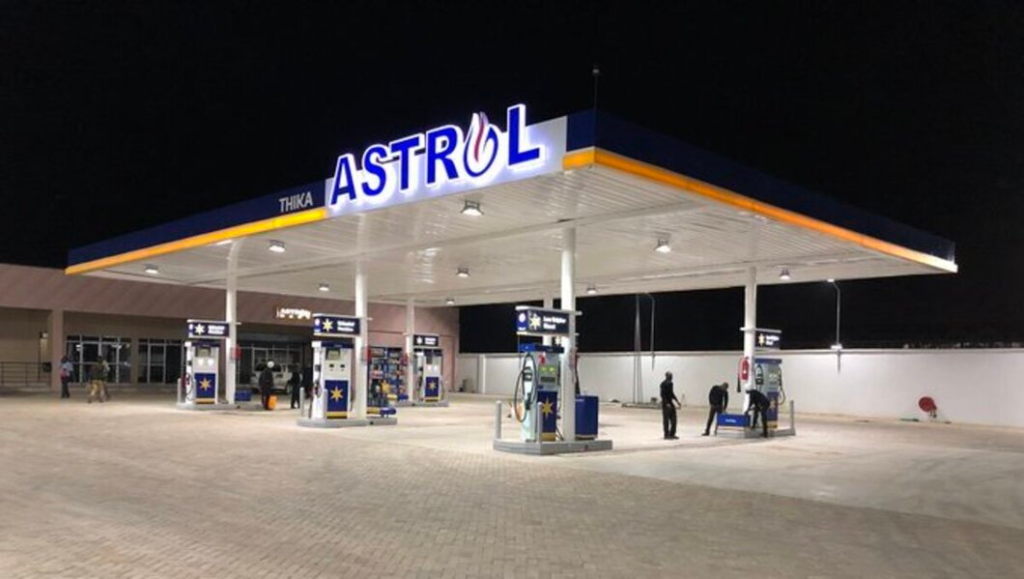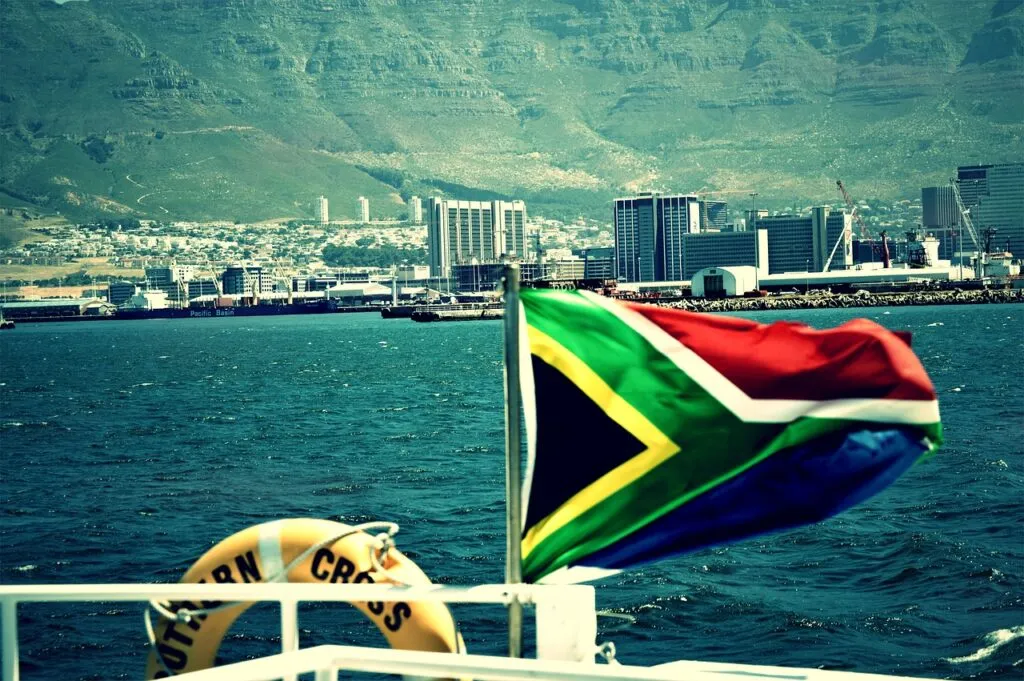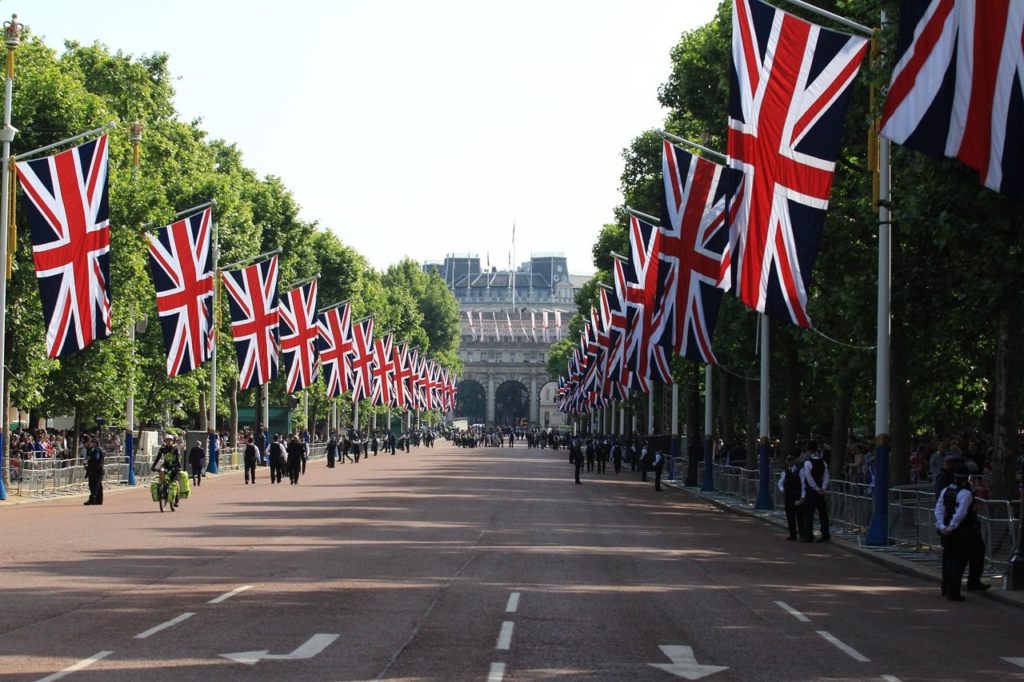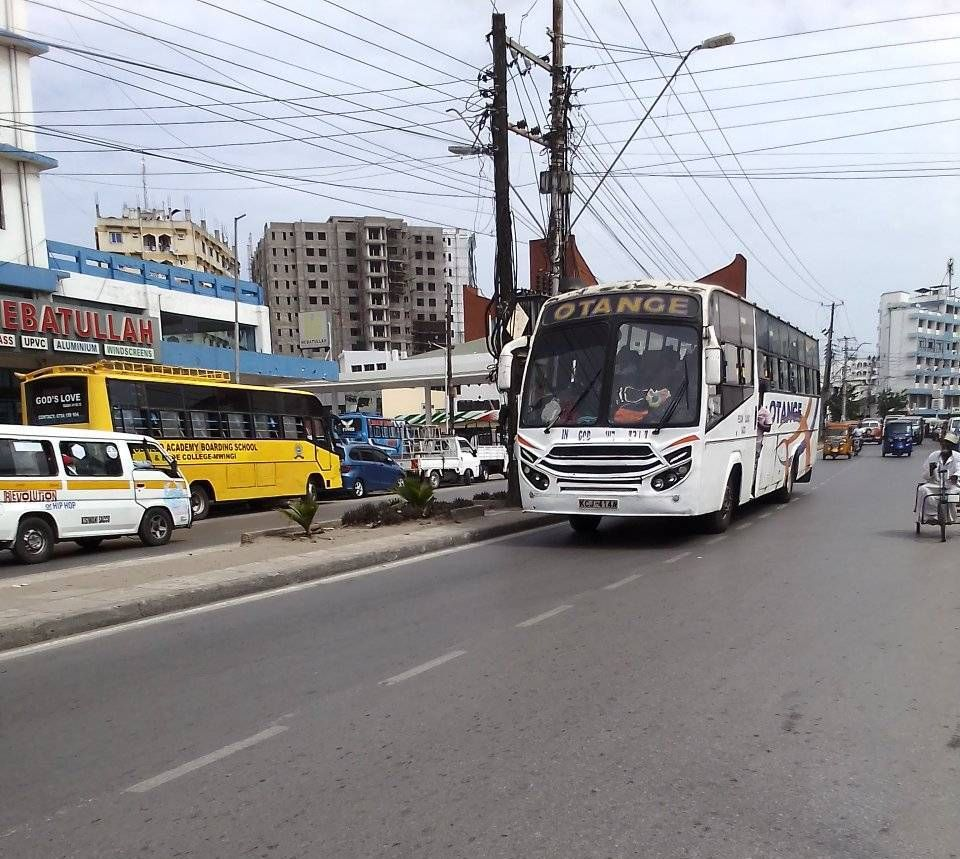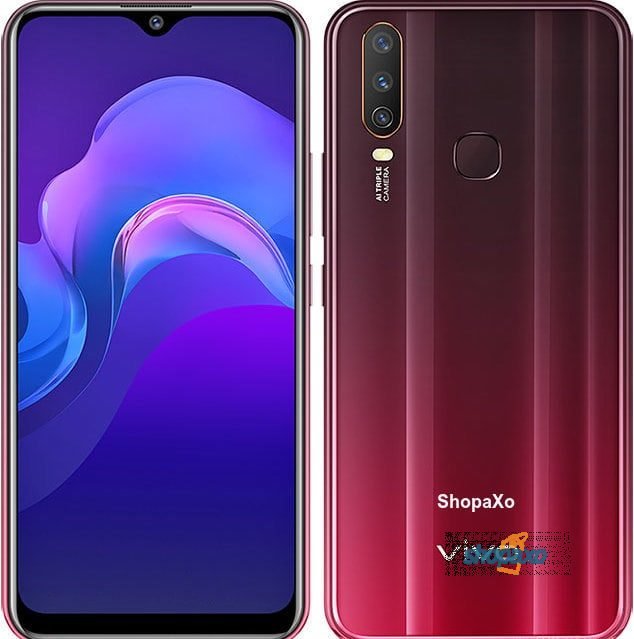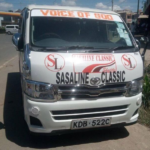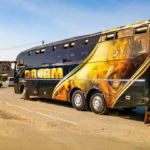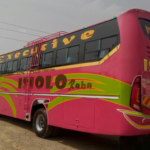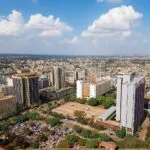Now Reading: Maasai Market: All You Need To Know Before Going.
-
01
Maasai Market: All You Need To Know Before Going.
Maasai Market: All You Need To Know Before Going.
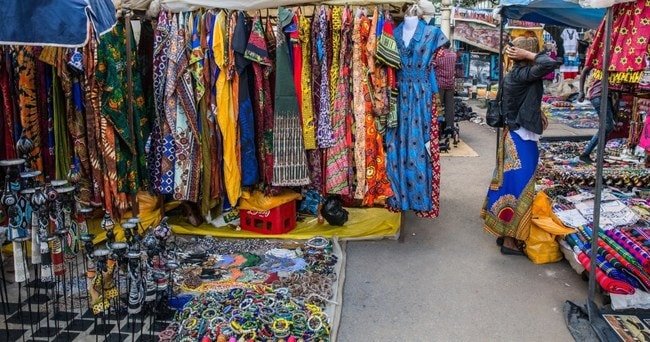

As a visitor, there are so many things you can do in Kenya; one of them is going shopping to Maasai market in Nairobi.
Chances are after visiting Kenya; you will want to have a piece of its art as you leave. You see, most a visitor to Kenya often fall in love with this diverse country (many have chosen to stay).
Experiences such as shopping at the Maasai Market often make a good holiday experience even better. If you love shopping, then this could be your chance to explore and find out for yourself, what this market has to offer.
What to expect at the Maasai Market
1. It could be overwhelming
If you have ever visited any open market in Africa, you definitely know what I am talking about. If you haven’t, let me explain.
African markets can be very overwhelming, confusing and at the same time exciting. The Maasai market is not an exception.
Expect to be called, pushed, pulled and coaxed all in the name of ‘best price’ and ‘best quality.’ Remember to be firm, confident and at the same time friendly.
2. Communicate in the local language
What local language am I talking about? Kiswahili or simply Swahili. Kenyans are good at speaking English; however, knowing a few Swahili words will make your shopping experience even better.
Moreover, if you are serious about buying, you will need to use these words as you bargain (there are no fixed prices here-you could buy an item for half the price).
Before you even leave to Maasai Market, here are a few Swahili phrases you need to learn fast.
U hali gani– This simply means ‘how are you doing’. You can even use the more common phrases ‘Hujambo’ or ‘Jambo.’
Better still you can ask, ‘Habari ya Leo’ which literally means ‘What is the news today?’
In fact, it is wise to also know responses to these phrases in case you are asked first. This table below should be of much help.
| Phrase | Response |
| U hali gani( How are you) | Njema ( Am fine) |
| Hujambo | Sijambo |
| Habari za leo | Njema |
Wakati Mwingine/ Si leo– (Another time/Not today) Use this if you are not ready to buy or not interested in someone’s offer.
Wauzaje– (What is you price) If you want to know the price of an item, this is the phrase to use. However, remember that the initial price is usually not the final price, bargaining is the order of the day at this market.
Nitarudi-(I will come back) If you actually interested in an item and you first want to explore other options, this the phrase to use. Besides, after walking around, you may want to go back to the vendor if you don’t find something better.
Bei ya mwisho-(Last Price) as I said earlier, the initial price isn’t usually the last price. With skills in bargaining, you could chop off up to half the initial price.
You will be buying items in the local currency, a good knowledge of this will help you from being ripped off.
3. It could be very dust or muddy at Maasai Market
Maasai Market is an open air market and depending with the season, things could be very muddy in the rainy season and very dusty during the dry season.
Remember to check the prevailing whether conditions before you leave, this could inform how to dress.
4. There so many items on sell
This market is rich in commodities to offer and as the name suggests, the items are from the Maasai community.
Here are items you may consider buying.
Maasaima Shukas

Maasai blanket or shukas, are a gift that most people will actually use so it is worth stocking up on some for your family and friends, and at least one or two for yourself.
They are often used in cold weather, as blankets when camping and so many other uses. They are often red in color and worn by the Maasai community in both Kenya and Tanzania.
Maasai Sandals

These are open shoes made from leather and beads. They come in different sizes and style. It is good trying them out with different vendors to get what you actually want.
Artworks and carvings

Artworks and Carvings is what often take me to this market. Believe me when I say you can find some very good artworks here.
Whether you want them for wall hangings, as gifts or souvenirs, walking around could hand you a piece to remember.
Kiondos

With the ban on plastics in Kenya still in force, these women woven bags come in handy and can be used at your grocery or your favorite supermarket.
They come in different sizes, shapes and colors and can be a perfect gift too.
Maasai Market Schedule
So when does this this market run? In addition, where is the Location? Have a look at this table below to get answers to these questions.
| Day | Location | Time |
| Tuesday | Kijabe Street | 8.00am- 6.00pm |
| Wednesday | Capital Centre | 8.00am- 6.00pm |
| Thursday | Junction Mall | 8.00am- 6.00pm |
| Friday | Village Market | 8.00am- 6.00pm |
| Saturday | High Court (CBD) | 8.00am- 6.00pm |
| Sunday | Yaya Centre | 8.00am- 6.00pm |
Your guide could help you locate these places if you have difficulties.
Conclusion
One of the greatest experiences for any safari-goers to Kenya is visiting the Maasai Market. It is from this market you will get your favorite artifacts, souvenirs and Maasai items.
Besides the Maasai tribe is the most recognizable tribe in Kenya and Africa, and a piece of their art is not only satisfying but also fulfilling.

